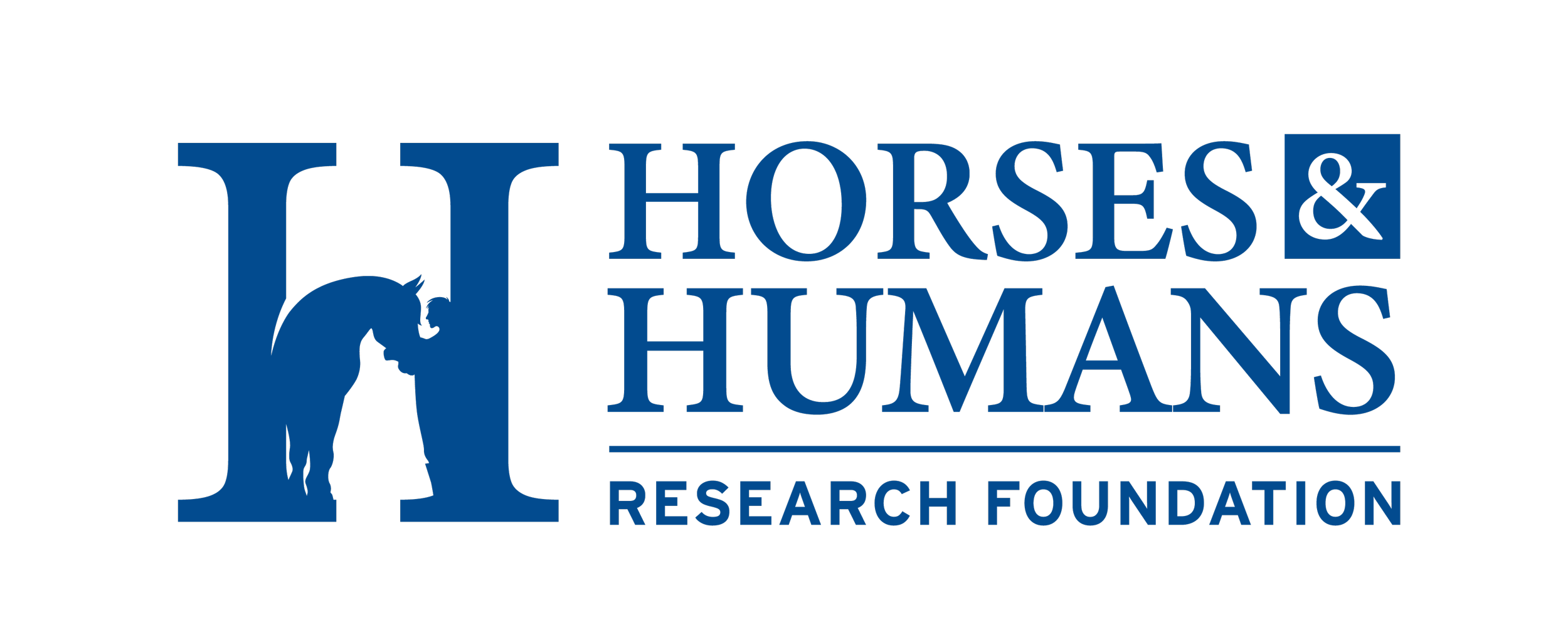Can Horses Recognize Emotions? by Kathleen Choe
Can Horses Recognize Human Emotions?
by Kathleen Choe
Horse enthusiasts are often accused of anthropomorphizing their equines by projecting human traits, attributes, thoughts and emotions onto them. Certainly, horses display an ability to express different emotions with their eyes, facial expressions and body language. Even people who are not familiar with horses can usually correctly distinguish a horse who seems anxious from one who seems calm and relaxed. But can horses similarly detect the emotions expressed by the humans in their vicinity?
A study of 34 Welsh mares born at the French National Institute for Agricultural Research sought to answer this question in the following way. [1] Two animated pictures of different facial expressions: anger and joy, were simultaneously presented to the horses, while a speaker played an emotional human non-verbal vocalization matching one of the two facial expressions. Both their heart rate and behavior were monitored and recorded. The mares reacted more negatively to the visual of the angry face and accompanying anger vocalization and more positively to the visual of the happy face accompanied by the joyful vocalization.
Then the researchers tried displaying the joyful facial expression while playing the angry vocalization and vice versa. The horses seemed intrigued by the paradoxical combination, staring longer at the picture of the human face when it did not match the vocalization that was playing over the loudspeaker, than they did when the facial expression and vocalization matched. The researchers did not offer any theories about why this might be true, other than to note that the incongruence somehow caught the horse’s attention and may have been confusing or interesting to them.
Many of us working in the field of Equine-Assisted Services have noted how genuinely present horses are when they are not frightened or dissociated. Horses live in the moment, and do not spend time reflecting on the past or anticipating the future. They act in a manner that is congruent with how they are feeling at any given moment. It does not occur to horses to “pretend” to be feeling something they are not, as people often do, out of politeness, or fear, or embarrassment. If a horse is anxious, he will display this by widening and hardening his eyes, tensing his muscles, and possibly swishing his tail or pacing, for example. If a horse is calm and content, his head may be low, eyes soft, muscles relaxed, and hold his body still, perhaps with one back leg cocked at an angle. His insides match his outsides, while we often appear calm on the outside but may be holding nervous tension in our bodies that we are either not aware of or do not feel comfortable expressing in front of others.
Horses are adept at reading the body energy of others, both human and animal. As prey animals, they need to be able to determine if the lion in the area is stalking their herd or merely passing by on his way to find water. A hunting, hungry lion will move slowly, keeping close to the ground so as not to be noticed, but have coiled energy in his body, ready to spring on unsuspecting prey. A thirsty lion may similarly move slowly and deliberately, but the energy in his body will be correspondingly low, as he is not in hunting mode. Horses may be more focused on a mis-match in an outward expression that does not match the energy being expressed either verbally, as in this study, or in the inward nervous system activation they can sense in the body of another being.
Certainly we have much more to discover about our amazing equine friends! HHRF funds rigorous and important research to continue learning about how partnering with them can benefit both horses and humans as we seek to promote the health and well-being of both as we share our journey through life together. Click on the link below to find out how you can support this important work!
[1] Trösch M, Cuzol F, Parias C, Calandreau L, Nowak R, Lansade L. Horses Categorize Human Emotions Cross-Modally Based on Facial Expression and Non-Verbal Vocalizations. Animals (Basel). 2019 Oct 24;9(11):862. doi: 10.3390/ani9110862. PMID: 31653088; PMCID: PMC6912773.

